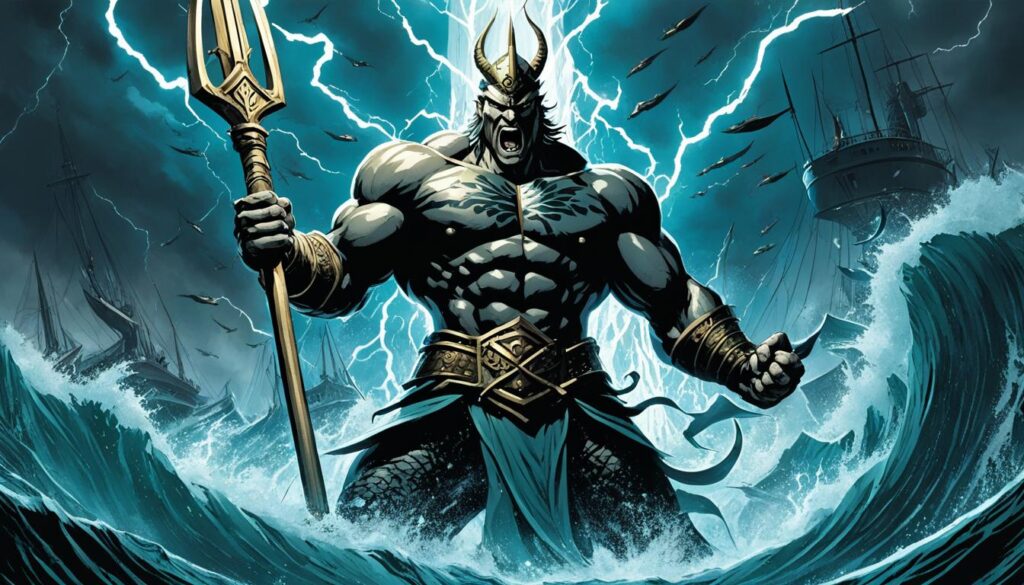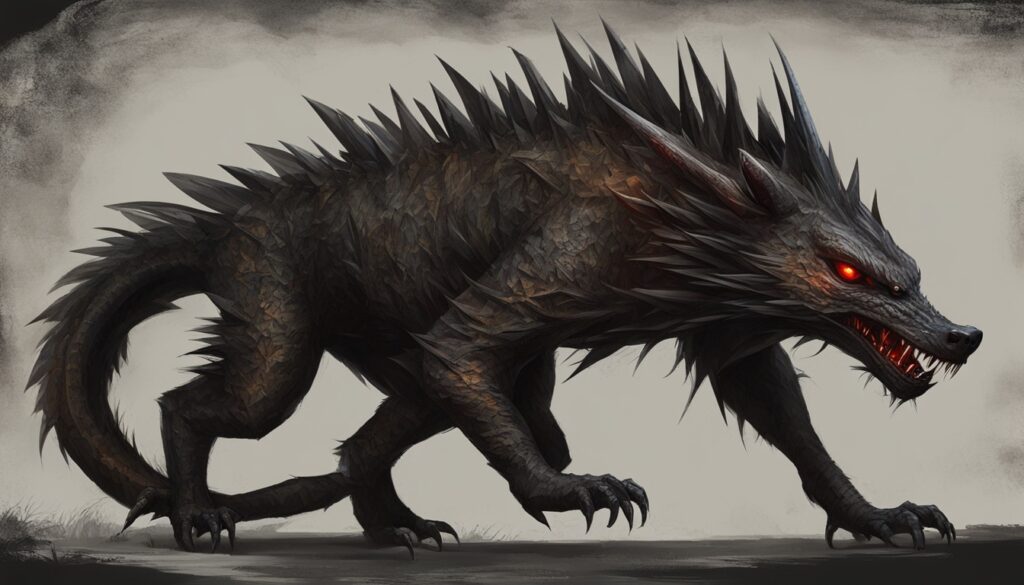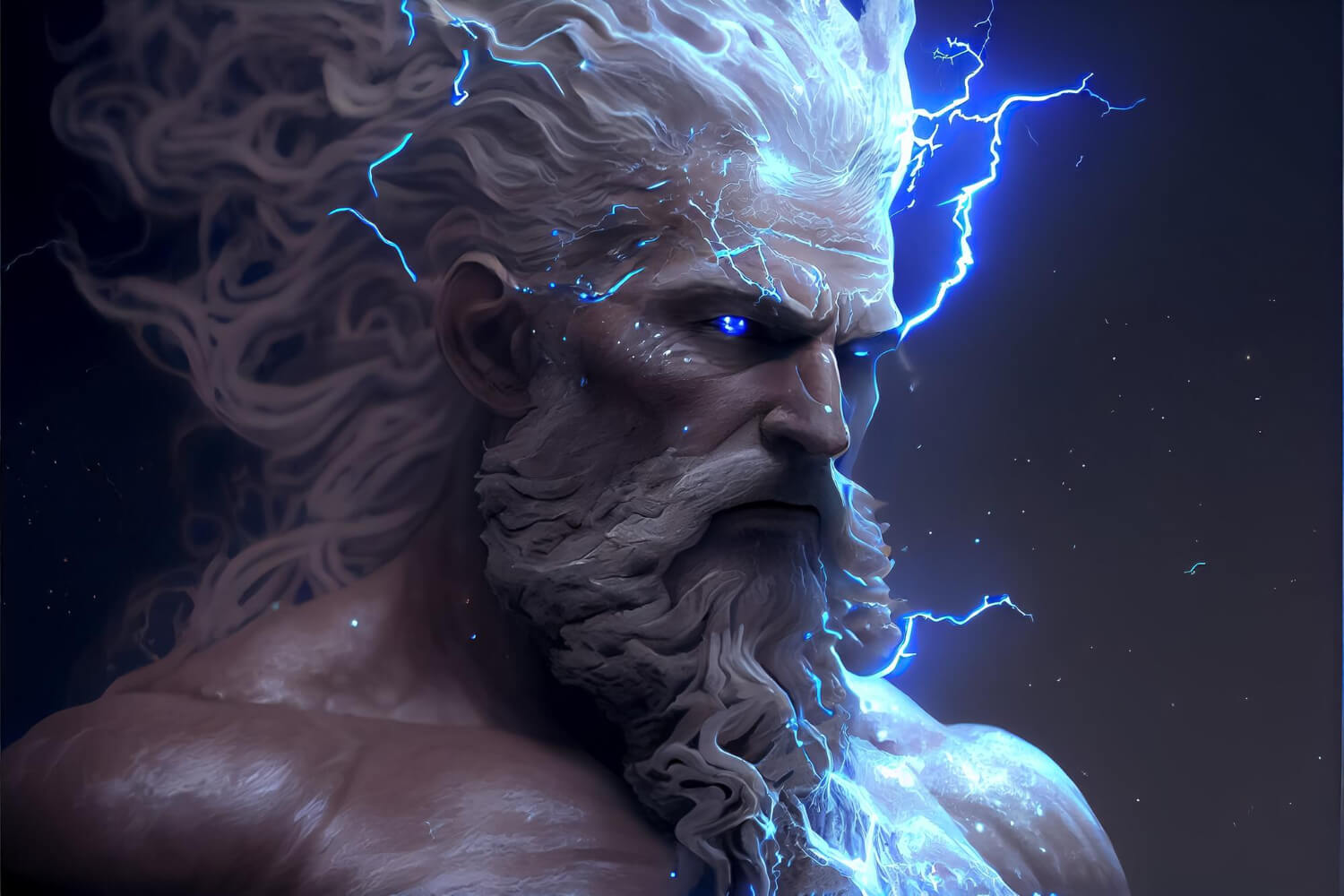The Mystical Trygon: Unraveling its Legend in Greek Mythology

The Enigmatic Origins of the Trygon
In the vast tapestry of Greek mythology, few symbols captivate the imagination quite like the Trygon. Often shrouded in mystery, the Trygon's origins are as elusive as the creature itself. Diving into ancient texts and historical findings, the Trygon is believed to emerge from the depths of the sea, a realm teeming with mythological creatures. Its serpentine shape and tri-pointed form are suggestive of its aquatic ties, although some scholars speculate that it might have celestial origins, connecting it to the divine and the gods themselves.
The Trygon's emergence in Greek mythology is not merely an accident of history. It appears to be a confluence of ancient symbols, each representing elements of power, danger, and awe. As we sift through various mythological accounts, the Trygon remains a symbol of transformation and mystery, echoing the natural world's often unpredictable and dangerous beauty.
But what makes the Trygon truly enigmatic is its sparse yet impactful mentions across different Greek myths. This scarcity adds layers to its allure, challenging us to dig deeper into its mythological roots. As we begin to unravel the legend of the Trygon, it becomes clear that this symbol is more than just an artifact of old stories—it is a testament to the rich and imaginative spirit of Greek mythology.
Symbolism and Significance of the Trygon in Ancient Texts
The Trygon occupies a unique space in Greek mythology, embodying a rich tapestry of meanings and symbolisms. Primarily, it is often seen as a symbol of wisdom and transformation, echoing the ancient Greek belief in the cyclical nature of life and the transformative power of learning. Its tri-pointed form is frequently interpreted as representing the triadic nature of existence: birth, life, and death.
In various ancient Greek texts, the Trygon is depicted as a powerful talisman, sometimes associated with the gods and used in rituals to invoke protection or transformation. Its symbolism is not just confined to the physical but transcends into philosophical realms. The Trygon in Greek myths often serves as a metaphor for navigating the complexities of life, embodying balance and harmony amidst chaos.
These meanings have been preserved and explored in numerous mythological symbols, serving as a bridge between the old world and our modern interpretations of mythological tales. As we delve deeper into these ancient narratives, the Trygon emerges as a crucial link, offering insights into the values and beliefs that shaped Greek civilization. Thus, the Trygon is not merely a relic of ancient stories; it is a vessel carrying the timeless wisdom of Greek mythology.
Trygon: The Influence on Greek Culture and Beyond
The influence of the Trygon in Greek culture is profound, having woven itself into the very fabric of artistic and cultural expressions of the time. As a symbol, the Trygon was often depicted in art, pottery, and sculptures, embodying both the mystique of the sea and the intellectual pursuits of the Greeks. Its triadic formation resonated with the prevailing philosophical notions of the time, influencing not just the arts but also the sciences and mathematics.
Beyond the shores of Greece, the legend of the Trygon spread across the Mediterranean, impacting neighboring cultures and inspiring a cross-pollination of ideas and symbols. The Trygon's portrayal in mythological symbols often encapsulates the universal themes of life and transformation, resonating with various cultural narratives worldwide.
In Greek myths, the Trygon's presence is a reminder of the interconnectedness of life and the broader universe. The cross-cultural influence of the Trygon echoes the age-old curiosity and reverence for the natural and the supernatural. As we explore its impact on Greek culture and beyond, we come to understand how the Trygon serves as a beacon of human wisdom and creativity, bridging ancient civilizations with our contemporary world.
Famous Myths Featuring the Legendary Trygon
Sifting through the annals of Greek mythology, the Trygon prominently appears in several tales that continue to enchant and educate. One of the most famous myths featuring the Trygon involves the hero Perseus. Known for his quest to defeat Medusa, Perseus's journey often intersects with the Trygon, which serves as a talisman of foresight and protection, aiding him in navigating the perils of his adventure.
Another celebrated story involves the sea god, Poseidon, who is frequently associated with the Trygon due to its oceanic origins. In some versions of Greek myths, Poseidon wields the Trygon as a symbol of his dominion over the seas, reinforcing its association with power and the divine.
These legendary tales not only highlight the Trygon's importance but also celebrate its role in the greater narrative of Greek mythology. The Trygon, in these stories, serves as more than just a plot device; it is a character in its own right, representing the mysteries of the ancient world. Such myths continue to captivate modern audiences, opening doors to endless interpretations and adaptations, revealing the timeless allure of the Trygon in Greek mythology.
Modern Interpretations and Adaptations of the Trygon
In contemporary culture, the Trygon has found new life in various forms of media, from literature and film to video games and art. Its enduring appeal can be attributed to its deep mythological roots and the universal themes it embodies—transformation, wisdom, and balance. Modern storytellers often use the Trygon as a metaphor for the complex journey of self-discovery and the ever-present dance between chaos and order.
In literature, the Trygon is sometimes reimagined as a mystical artifact with untold powers, capable of altering the fates of those who possess it. Similarly, in visual arts, the Trygon's geometric allure is explored through abstract and surrealistic interpretations, keeping its mythological symbols relevant in today's artistic endeavors.
The digital age has also embraced the Trygon, with video games and online narratives incorporating it as a key element in storytelling. This modern evolution of the Trygon underscores its timeless nature and its ability to inspire creativity across generations. By examining these adaptations, we see how the legend of the Trygon continues to resonate, serving as a bridge between ancient mythology and contemporary culture.

Exploring the Dark Side of Mexican Folklore Creatures

10 Fascinating Facts About Moder, the Norse Mythology of a Giant Deer Like Creature
